Most of us use at least some spices and herbs in our cooking. Different cultures use different spice mixes, and so while some of us grew up on mostly salt and pepper, others may be familiar with a wide array of different spices. Both spices and herbs give colour and flavour to food, and many also have health benefits! Let’s take a closer look at these unique ingredients.
Spices vs. herbs
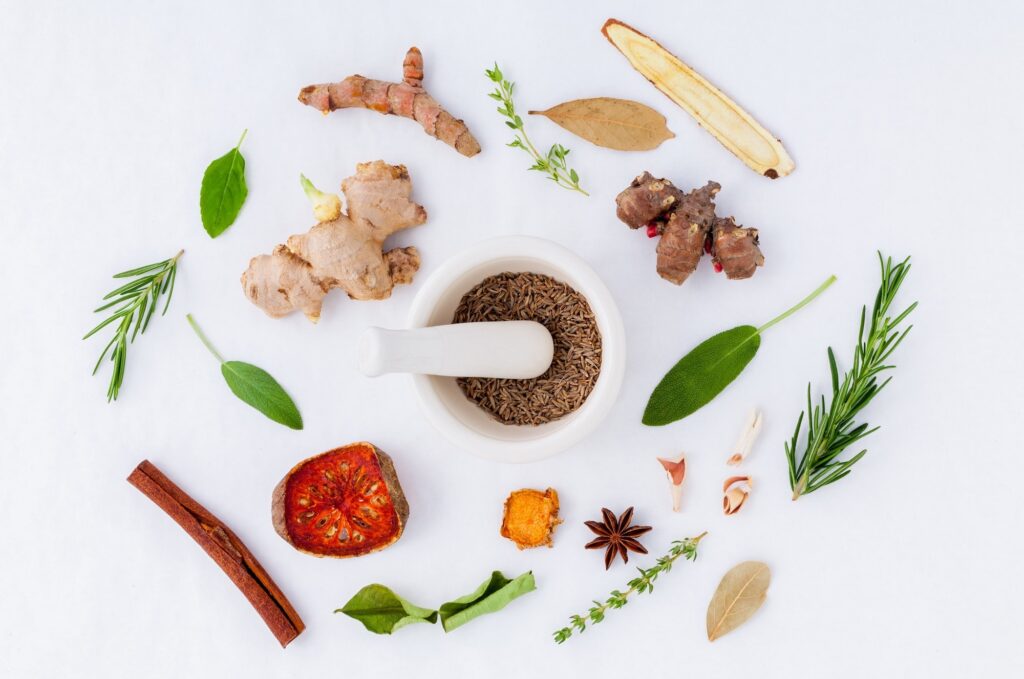
Spices and herbs are aromatic plant products often used in small quantities to enhance the flavour of foods. The distinction between herbs and spices comes from the part of the plant they are derived from. Herbs come from the stems and leaves of the plant and can be used fresh or dried, while spices come from all other parts of the plant and are usually dried. For example:
- Leaves (herbs): parsley, basil, oregano
- Bark: cinnamon
- Roots: ginger, turmeric
- Fruit: pepper, allspice, cloves, juniper
- Seeds: cardamom, chili, coriander, cumin, fennel
A quick history
The history of spices is an impressively long one. Archeological evidence shows that our ancestors began using spices and herbs as hunter-gatherers, building up a knowledge base that was passed down through generations. As civilizations evolved, they began using spices and herbs not just for taste enhancement, but for food preservation, medicinal purposes, and trade as well. Records from ancient Egyptian, Chinese and Indian sources show the importance of spices in these civilizations, and spices even feature in the Old Testament of the Bible.
“When the queen of Sheba heard of the fame of Solomon…(s)he came to Jerusalem with a very great retinue, with camels bearing spices, and very much gold, and precious stones”
New International Version, 1 Kings 10:1
Spices were a valuable commodity and often led to the launch of extensive trade between countries and empires. In fact, according to some historians, the quest for exotic spices launched Europe into the age of exploration, leading to the European discovery of the Americas.
Nutritional and health benefits of spices and herbs
In general, spices have little to no nutritive value, in the sense that they contain little calories, macronutrients, and micronutrients. However, they do contain other active compounds, some of which have health benefits. In fact, there is evidence that spice consumption is related to reduced risk of death from cancer, heart disease, and respiratory disease.
Part of the association above may be explained by the fact that spice use can lower your salt intake. Some research suggests that people who use spices have a lower salt preference, meaning they do not add as much salt to their food, which in turn leads to lower blood pressure. Because high blood pressure can lead to issues such as heart disease, it’s possible that adding spices to our food can help reduce our risk.
There is also research that suggests that herbs and spices have health benefits due to their anti-oxidative, anti-inflammatory, anticarcinogenic, and glucose-lowering properties. Apparently, some spices might even affect our mood! Let’s take a deeper look at some common spices and their possible health benefits.
Chili pepper
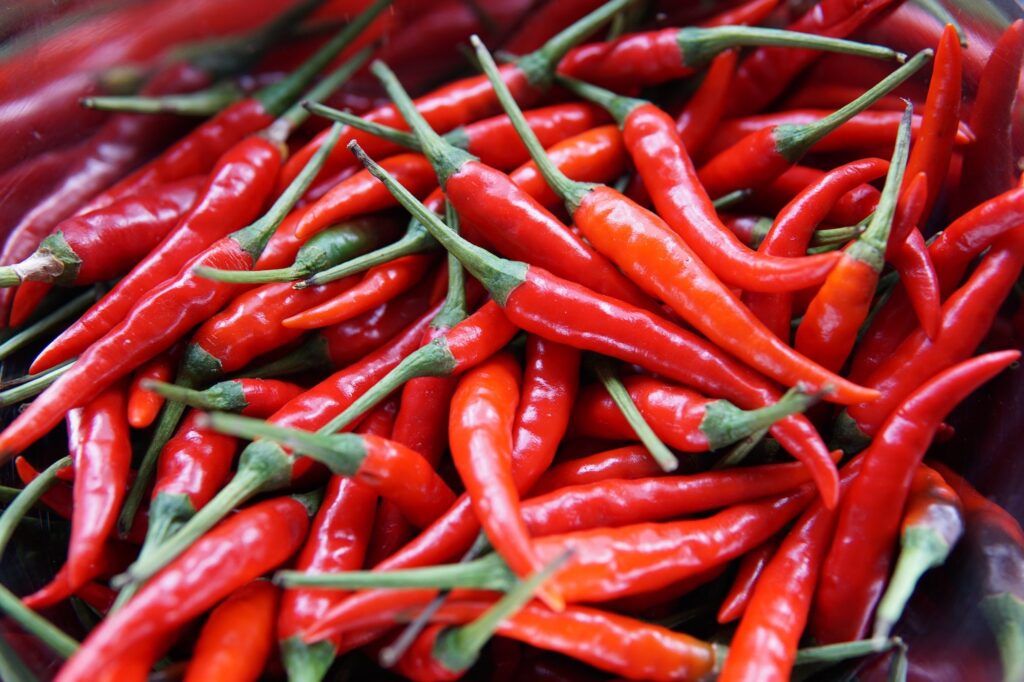
Some observational studies have linked chili pepper consumption with lower mortality. One study in particular found a 13% reduction in mortality in people who consume hot red chili peppers. Of course, it’s important to keep in mind that this is just an association, and we do not know what exactly explains this phenomenon. Chili peppers do contain antioxidants, which in general help the body protect itself from damage by toxins. Capsaicin, the molecule that makes chili peppers spicy, has been shown to have anti-inflammatory effects. Apparently, chili pepper consumption may also help decrease blood sugar levels. Although much of this research is preliminary, it does suggest that chili consumption may be beneficial for health. If you enjoy spicy foods, it’s a nice addition to many meals.
Cinnamon

Cinnamon is a commonly used spice in many cuisines and is made from the bark of a tree. Some studies show that it has anti-inflammatory and antioxidant effects, and might help reduce the risk of heart disease by lowering bad cholesterol and blood pressure. Cinnamon consumption is also associated with a modest decrease in blood sugar in people with type 2 diabetes.
Ginger
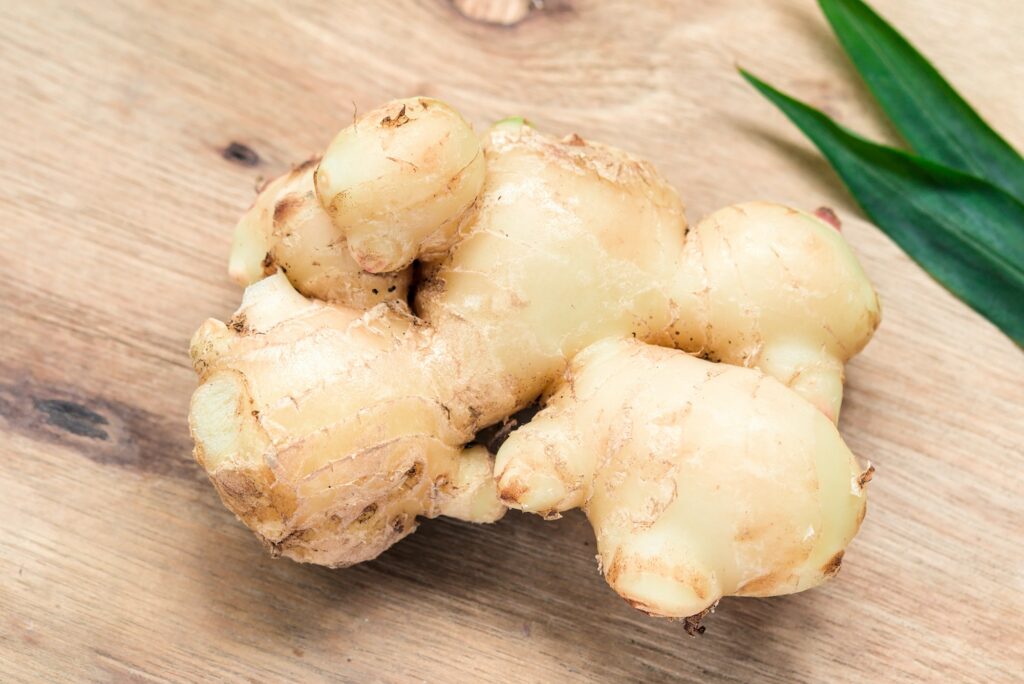
Ginger, whether fresh or dry, can be used to decrease nausea and vomiting and also has antioxidant and anti-inflammatory effects. A few studies have shown that it could also have anticlotting effects, which would make it beneficial for heart health. Lastly, ginger has been implicated in weight management, with some studies showing increased fat use and reduced hunger with ginger consumption.
Peppermint
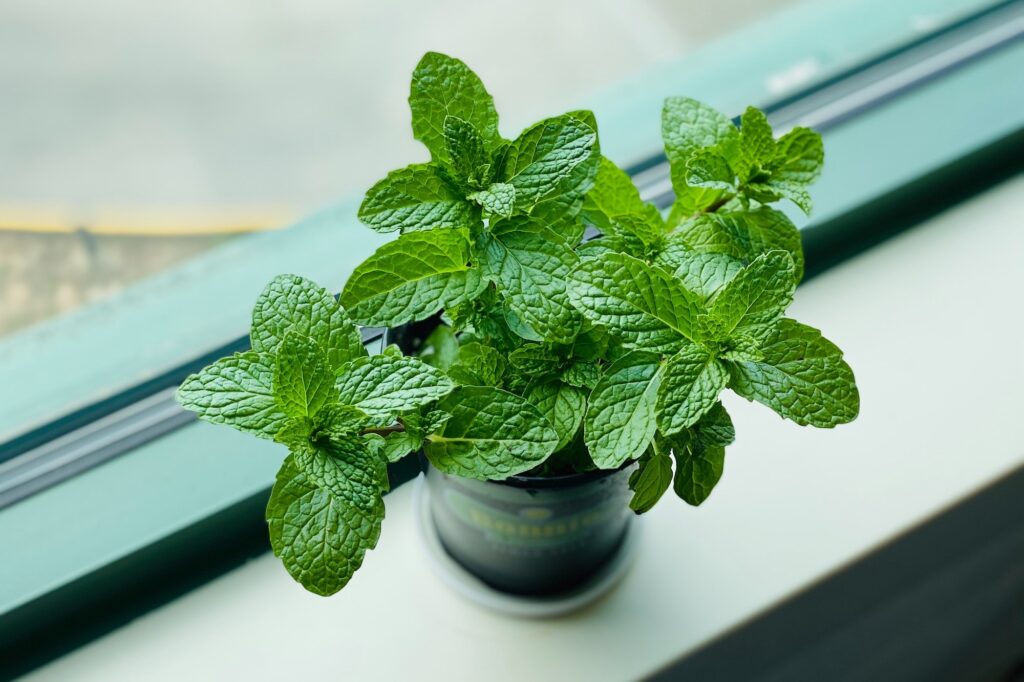
Mint can be used fresh or dry, and is often brewed into an herbal tea or consumed in the form of peppermint oil. There is evidence that mint is beneficial for gastrointestinal health and may reduce general stomach upsets or discomfort. It is possible that peppermint and peppermint oil could help alleviate symptoms of irritable bowel syndrome. Mint has also been shown to have some anti-inflammatory effects. Lastly, smelling peppermint oil may be useful in alleviating nausea and vomiting.
Sage
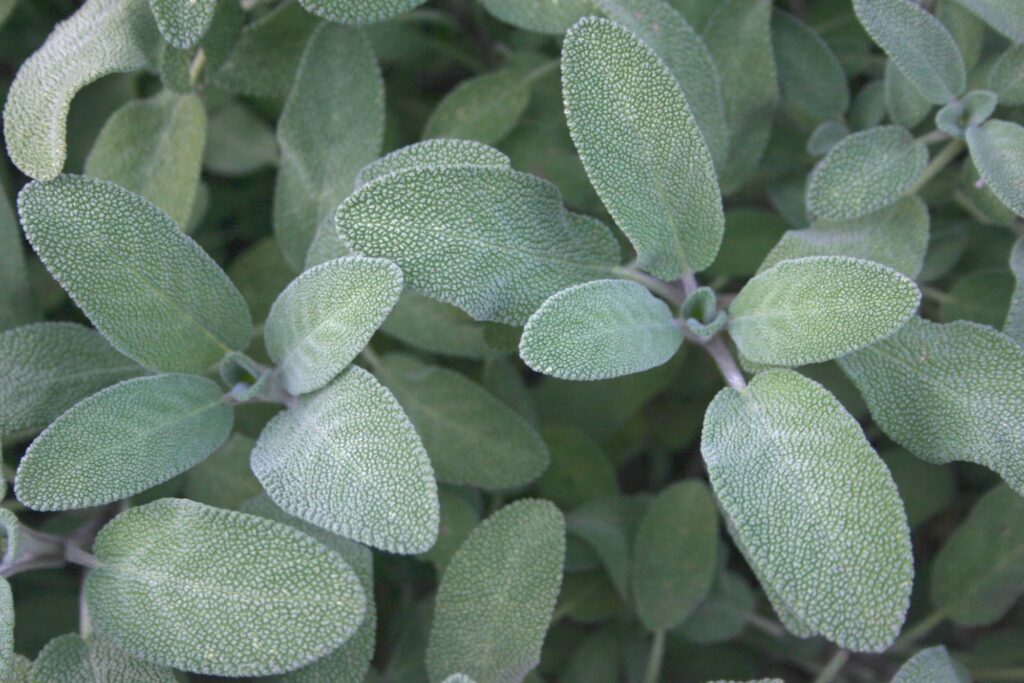
Some studies have shown that sage may have cholesterol-lowering effects. Sage may help lower bad cholesterol while increasing good cholesterol, and therefore sage consumption may reduce the risk of heart disease. There is also some evidence that it could reduce blood sugar, but more research is needed in this area, since most studies were done in animals.
Turmeric
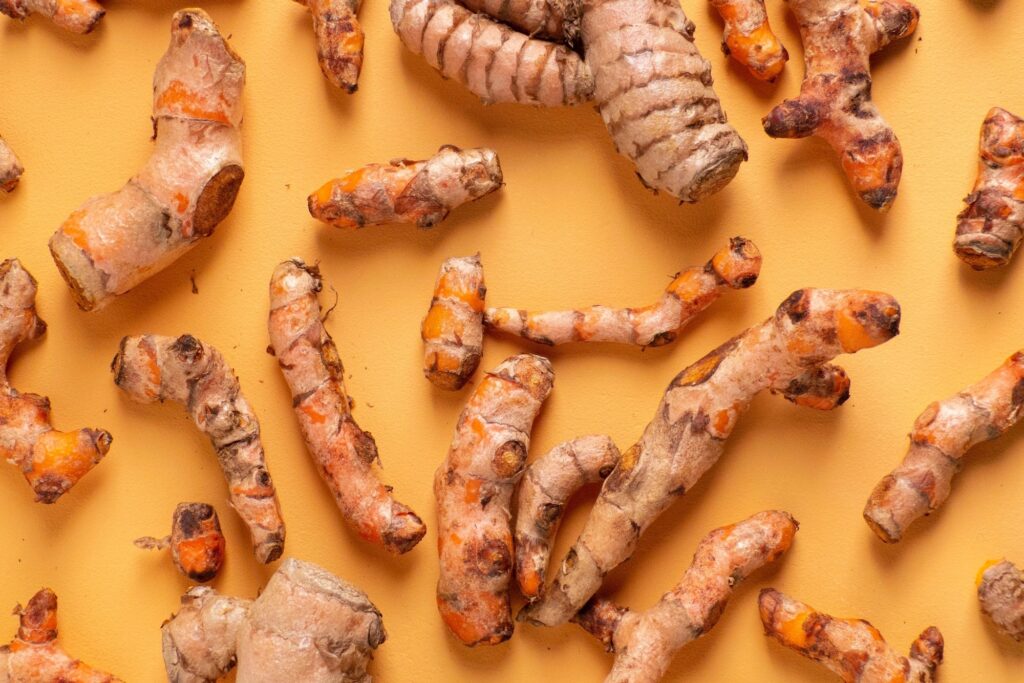
Also called curcumin, turmeric has been frequently touted as a panacea for many health concerns. Although it’s unlikely that turmeric is the cure-all it has been marketed as, there is evidence that it is beneficial for our health. It has anti-oxidative and anti-inflammatory effects, with some studies showing lower inflammation with supplementation. It may lower cholesterol levels and improve artery function, so there’s a possibility that it lowers the risk of heart disease. Lastly, increased turmeric consumption is associated with better cognitive function.
Nutrition: the bottom line
When it comes to herbs and spices, most dietitians focus on encouraging clients to try out new options and enjoy their food, rather than focusing on the specific health benefits of specific plants or supplements. We especially suggest spice use to clients who are on otherwise restrictive or bland diets. Using spices and herbs may help you decrease the salt in your food, which is important, especially if you have high blood pressure. It could also liven-up diets that would otherwise get repetitive, like a low-FODMAP or a low potassium diet.
It’s important to keep in mind that many of the health benefits I’ve described above are fairly preliminary, and we’re often not sure how much of a spice or herb you’d have to consume to see these benefits. Because of this, what I’d recommend is that you incorporate a variety of spices and herbs you enjoy into food, rather than taking them as supplements. Eating spicy food will allow you to enjoy using herbs and spices, lower your salt intake, and possibly reap some of the other possible health benefits.
A word of caution: drug interactions
This is something I learned about recently and thought is an important point to keep in mind. If you decide to take herbal supplements, spice or herb oils, or use herbal teas often, it may be important for you to check whether these products interact with medicine you’re taking. Some herbs and spices, especially when taken in large amounts, can modify the effects of certain medications because they change the way your body metabolizes the drug. So, if you decide to use herbs or spices in large amounts, especially in the form of supplements, google them to make sure there are no major interactions or speak to your dietitian or doctor.
Cooking with spices and herbs
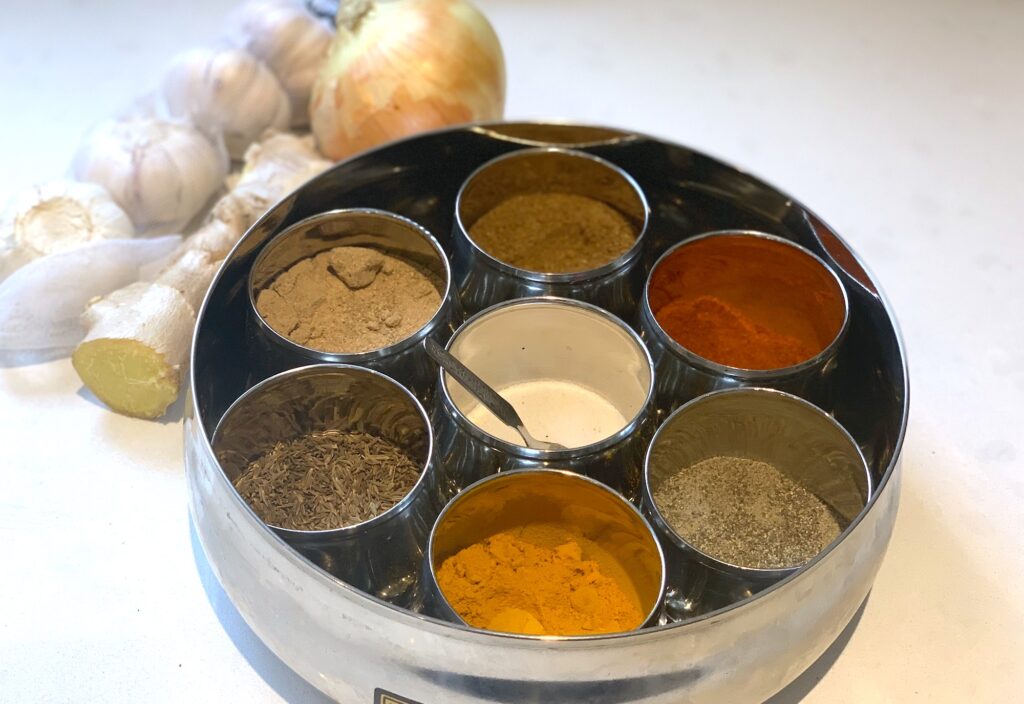
Before we say goodbye, let’s take a quick look at how spices and herbs can be used in cooking.
Cooking with spices
Whole and ground spices usually require some cooking to enhance their flavour and should usually be added at the beginning of cooking. You can enhance the flavour of a spice by heating it in a pan, either dry or with a bit of oil. Different spices can be combined into spice mixtures, which differ from country to country. For example, curry powder is an Indian spice mixture that usually contains coriander, turmeric, cumin, fenugreek, and chili peppers.
Cooking with herbs
Fresh herbs are usually best added in the last few minutes of cooking or after the dish is done, because they lose much of their flavour when heated. Dried herbs and strong-tasting herbs such as rosemary and sage can be added earlier and cooked for longer.
Check out some of my spice and herb-based recipes:
Storage of spices
Over time spices lose their smell and taste, so storage is important to keep them as fresh as possible. Here are some tips:
- Buy small quantities of spices whenever possible
- For best flavour, buy whole spices and grind them yourself
- Store spices and dried herbs in tightly-sealed containers in a cool dark place
References
- Bower, A., Marquez, S., & de Mejia, E. G. (2016). The Health Benefits of Selected Culinary Herbs and Spices Found in the Traditional Mediterranean Diet. Critical reviews in food science and nutrition, 56(16), 2728–2746.
- Canadian Spice Association. (2020). Proper Storage. Retrieved from http://www.canadianspiceassociation.com/spice-industry/322-2/proper-storage/.
- Jiang T. A. (2019). Health Benefits of Culinary Herbs and Spices. Journal of AOAC International, 102(2), 395–411. https://doi.org/10.5740/jaoacint.18-0418
- McGee, H. (2004). On Food and Cooking: The Science and Lore of the Kitchen. Scribner.
- Memorial Sloan Kettering Cancer Center. (2020). Peppermint. Retrieved from https://www.mskcc.org/cancer-care/integrative-medicine/herbs/peppermint.
